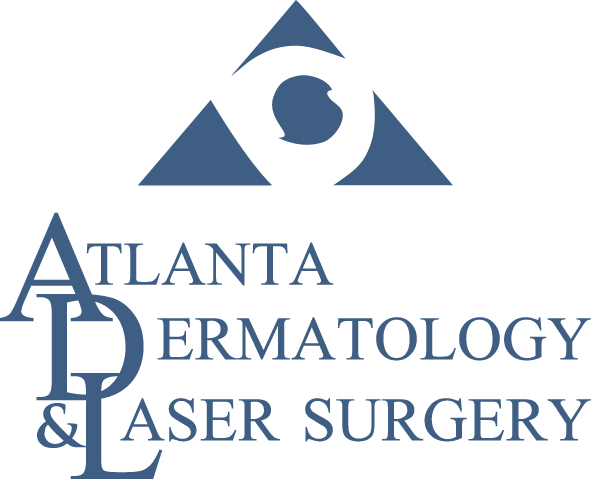SKIN INFECTIONS
BACTERIAL SKIN INFECTIONS
Abscesses & Folliculitis
Abcesses and Folliculitis are bacterial infections of hair follicles most often caused by staph or strep. They appear as a pus-filled pocket at the base of a hair and can occur when bacteria enters the skin via the follicle or a tiny wound. These may be isolated and only on the surface, or they may go deeper within the skin.
Impetigo
Impetigo is a superficial bacterial skin infection caused by staph or strep. It frequently affects children and usually occurs on the face, legs, and arms. It appears as blisters or sores with scabby yellow crust. It is highly contagious, both on the person and from person to person.
MRSA
Methicillin-Resistant Staphylococcus Aureus (MRSA) is a strain of bacteria that is resistant to many antibiotics. MRSA can be acquired in a hospital setting, but the frequency of community-acquired MRSA is growing. This is caused by sharing equipment and personal items (as in a locker-room or bathroom).
WHAT WE DO
Bacterial Infections are treated with topical antibiotics, and if a large area is involved, oral antibiotics may be prescribed. Abscesses require incision and drainage in our office. A bacterial culture may be taken to determine the best course of antibiotics.
FUNGAL SKIN INFECTIONS
Ringworm
Ringworm is a fungus that infects the skin. It can affect any area of your body, typically beginning as a red, scaly and dry patch of skin. As it grows, the patch expands and forms concentric red rings or overlapping patches. It is not dangerous, but ringworm is itchy and uncomfortable, as well as contagious. It is spread from contact with infected people, animals, or clothing and upholstery. It thrives in a warm, damp environment.
Athlete's Foot
Athlete’s foot is the name given to a ringworm infection that affects the feet. It is one of the most common areas to find a fungal infection. The fungus grows in warms damp places like an old pair of running shoes or a change room floor. Scaly itchy patches are often noted on the soles of the feet with scaling in the spaces between the toes.
Toenail Fungus
Toenail fungus, formally called onychomycosis, is also sometimes called “ringworm of the nail.” It can occur on fingers, too, but is more common on the feet since it likes warm, moist surroundings. It is not life-threatening, but nail fungus can cause significant nail disfigurement and embarrassment to sufferers. A lab culture is often necessary to confirm the diagnosis. Your doctor can recommend topical, oral and even laser treatments to restore your nail. Nail fungus is stubborn, so up to a year of therapy may be needed for full results.
WHAT WE DO
Your provider can confirm the diagnosis of ringworm by placing a scraping under the microscope. They may recommend over-the-counter topical creams, prescription anti-fungal medications, or oral drugs for more severe cases.
REQUEST AN APPOINTMENT TODAY.
Please contact Atlanta Dermatology & Laser Surgery at 404.296.8000 for more information on any of our medical, cosmetic or laser procedures and to schedule an appointment.




